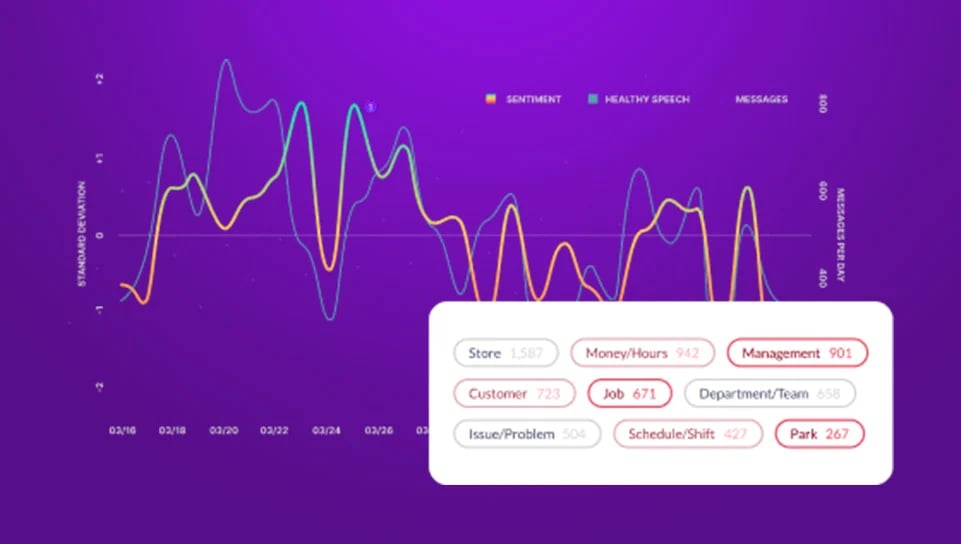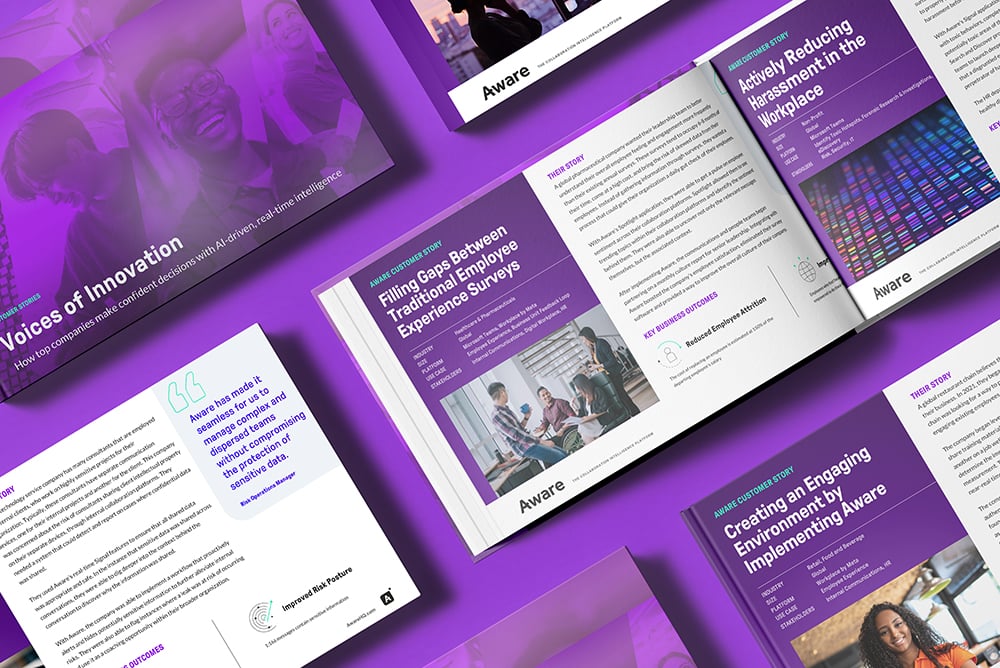AWARE FOR HIPAA-compliant communication
Ensure HIPAA-compliant collaboration
Avoid fines and secure patient data with a platform that safeguards against sharing protected health information across your collaboration tools.
What is HIPAA?
What is HIPAA?
The Health Insurance Portability and Accountability Act of 1996 (HIPAA) is a federal law in the United States that regulates the control and access of sensitive healthcare information. Covered organizations under HIPAA include healthcare providers, health plans, and other entities that handle protected health information (PHI).
Violations of HIPAA can result in civil and criminal penalties, including fines and imprisonment. It is therefore essential that covered entities understand their obligations under HIPAA and have compliance policies and procedures in place to protect patient information by following HIPAA-approved processes in collaboration tools like Slack, Teams, and Zoom.
IMPORTANCE OF HIPAA-COMPLIANT COMMUNICATION
Why you need HIPAA-compliant communication
If your organization is handling patient information, you can’t afford not to protect it in all the places where employees talk. Not only to mitigate the risk of fines and penalties for HIPAA violations, but to protect your company data and reputation from harm.
Reduce risk of data loss and penalties
Ensuring complex datasets are HIPAA compliant helps prevent data breaches and any associated financial or reputational damage.
Empower employees to collaborate effectively
Help your people to properly manage the data they handle with guardrails that allow them to effortlessly protect patient information.
Improve operational
efficiency
The streamlined processes and standardized formats mandated by HIPAA can help improve efficiency and reduce administrative costs.
Promote transparency and accountability
HIPAA compliance requires organizations to be clear about their privacy practices and be accountable for protecting patient data.
Build a culture of privacy
and trust
Maintaining HIPAA compliance can enhance an organization's reputation by signaling a commitment to ethical and secure handling of patient information.
Protect your patients
HIPAA violations and healthcare data breaches are associated with negative patient experiences that can impact healthcare outcomes.
Aware capabilities
Safeguard against sharing of health data with Aware
Reveal and remediate non-HIPAA-compliant communication within a single platform.
Surface violations in real time
Detailed AI-powered policies and rules surface real-time unauthorized sharing of PHI and PII across platforms with industry-leading accuracy.
Enable collaboration—regardless of role
Refine and set rules based on platform, roles, division, channel and more, reducing false positives and enabling compliant collaboration across the enterprise.
Automate your workstream
Pre-set workflows permit automated corrective actions, including bi-directional deletion, temporary tombstoning, and content author notifications.
Ensure the security of patient data
Protect patient privacy with granular security features including audit logs and role-based access control.
Reduce investigation time
Complete compliance investigations and reporting with fast, federated search, intuitive dashboards, and detailed analytics.
-1.png?width=688&height=560&name=Macbook%20Pro%2016%20mockup%20(1)-1.png)
Learn more
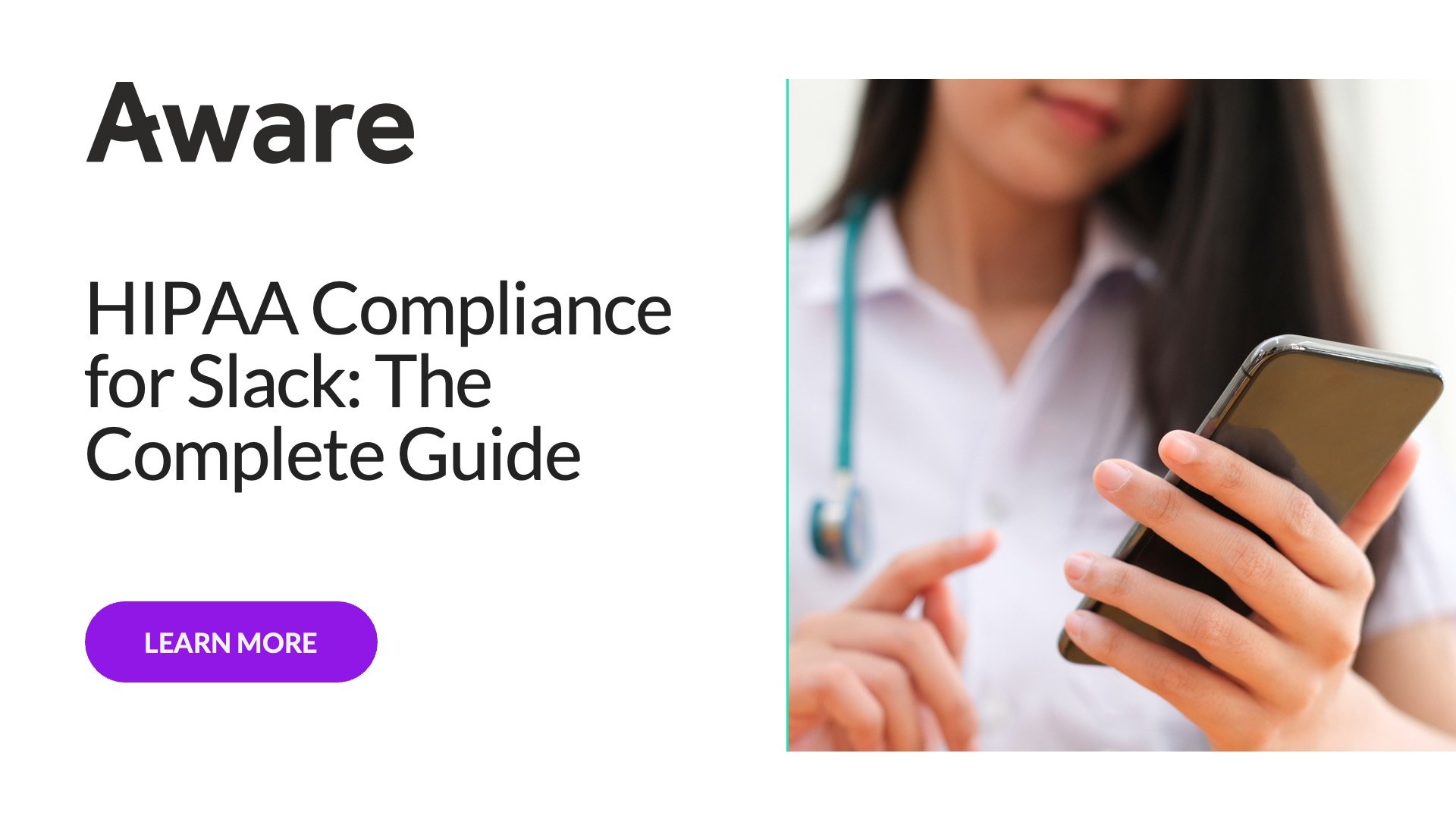
HIPAA Compliance for Slack
Using Slack for healthcare? Learn what you need to know to protect PHI and keep your Slack workspace compliant.
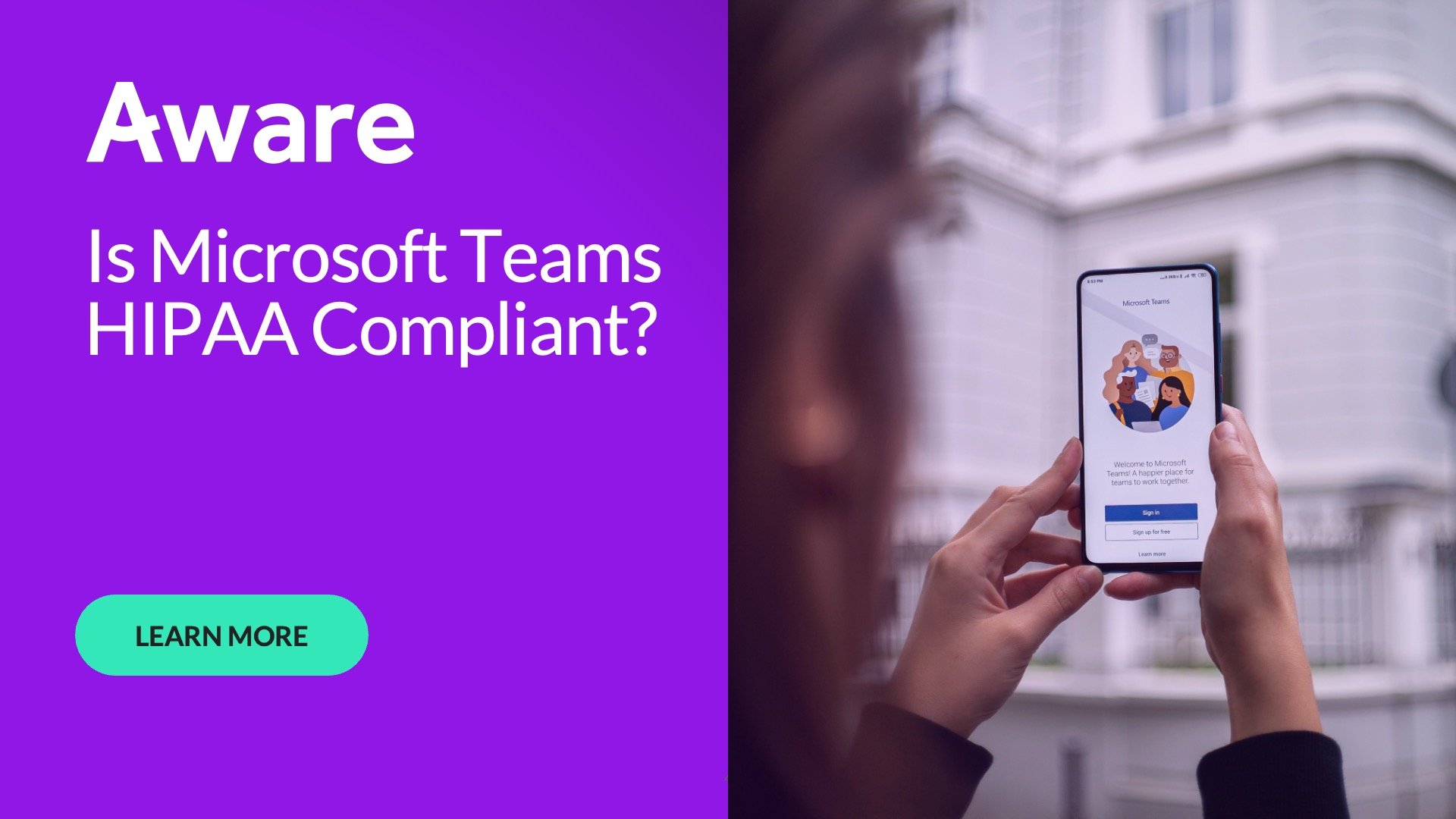
HIPAA Compliance for MS Teams
Is Microsoft Teams HIPAA compliant? Learn how to use Teams safely while protecting PHI and other confidential data.
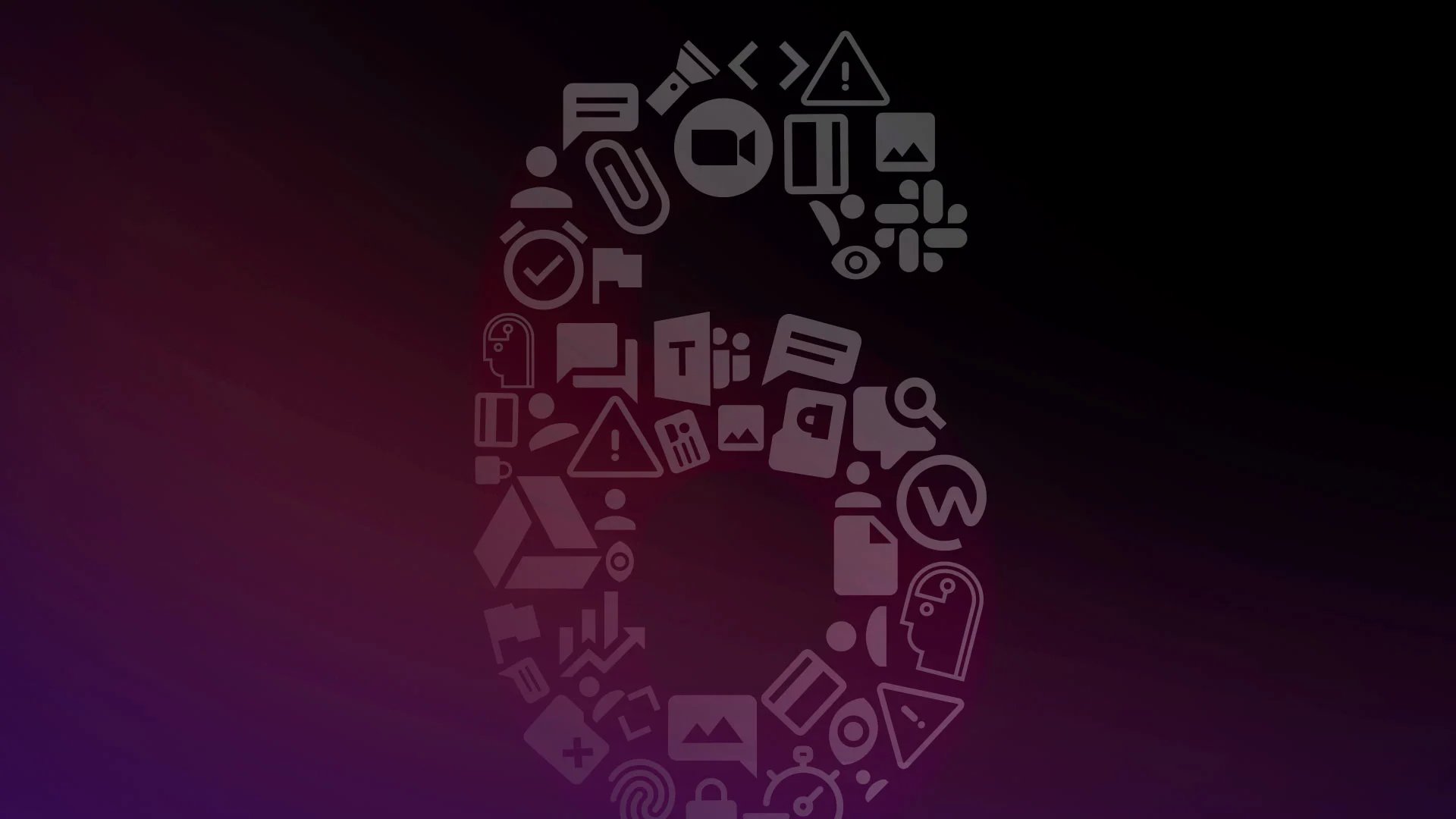
6 Critical Digital Workplace Risks
...and how to avoid them. Download the whitepaper to learn what you need to know about compliance in collaboration tools.





